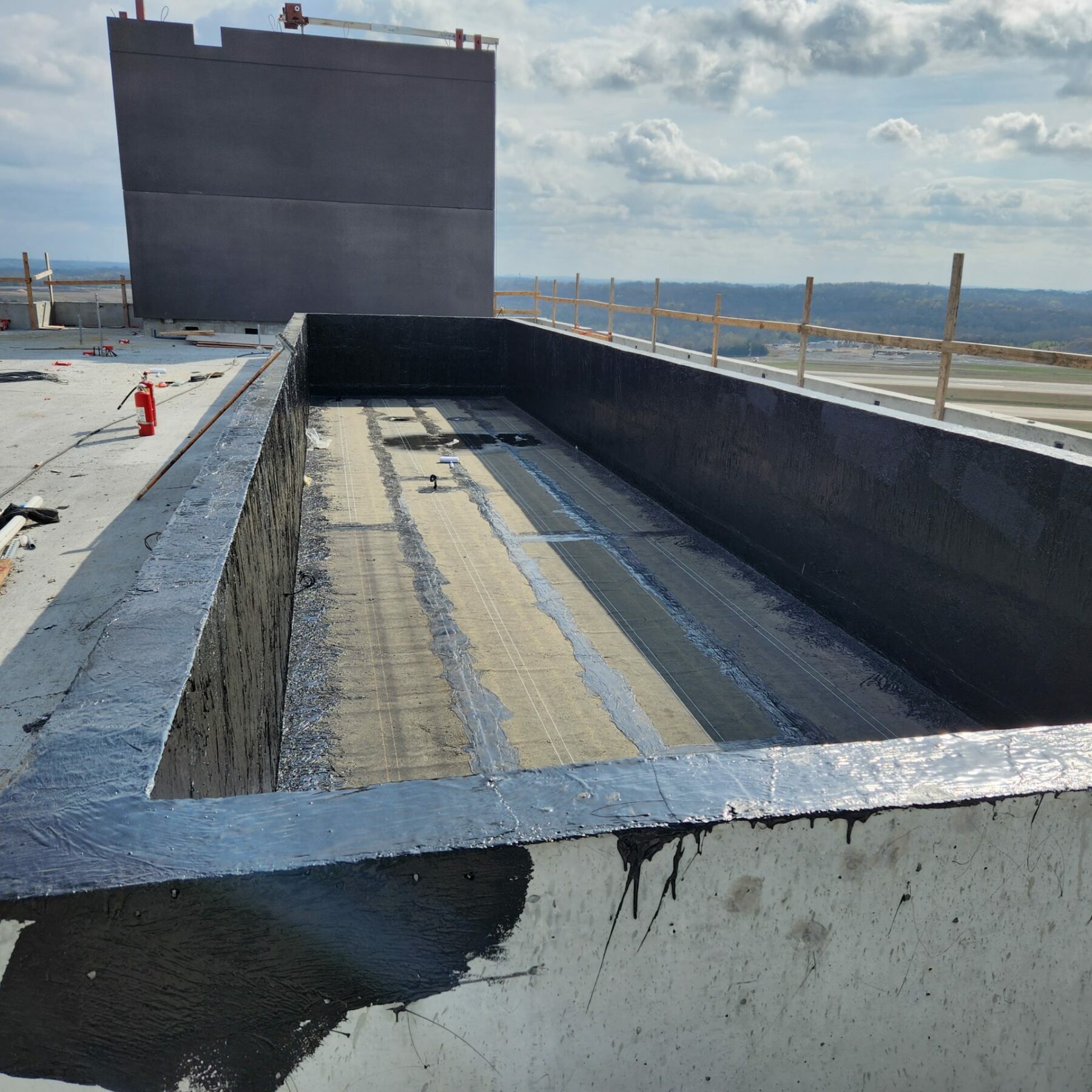Navigating seasonal challenges in commercial construction is an essential aspect of hitting key milestones and maximizing the success of a project. While living in the southeast offers the incredible benefit of enjoying all four seasons, it also means that general contractors need to understand how various weather conditions can impact a job site. From managing extreme heat and humidity during the summer to dealing with freezing temperatures and snowfall in the winter, each season presents unique challenges that require careful planning and execution.
How to Navigate Seasonal Challenges in Commercial Construction
In this blog post, we will explore some tips and best practices we’ve learned when it comes to navigating seasonal challenges during commercial construction projects in Nashville:
1. Plan for seasonal challenges during the pre-construction phase.
One of the best ways to avoid delays is to consider all of the variables that could impact construction before a project begins. When it comes to navigating seasonal challenges, pre-construction offers the opportunity to build a solid foundation for your construction project by factoring in weather-related costs and potential delays. A site analysis can help identify opportunities and challenges related to your specific job site.
2. Recognize the unique challenges of each season and how to navigate them.
After leading thousands of projects in Nashville over the years, we’ve seen how each season impacts nearly every element of a construction project. We’ve also learned how to work around it. For example, our team uses a variety of tactics that allow us to pour concrete or lay brick during cold weather months if needed. We also know which methods, tools, and materials can be affected by heat expansion, so we deploy those when necessary.
3. Prevent materials from being damaged by thunderstorms and high winds.
Strong storms and high winds are common during the spring and summer months in Middle Tennessee. These can cause even more damage when a project is in the middle of construction. While we may not be able to predict when a storm will occur, it’s important to have a plan for limiting the damage to a job site and the surrounding area. Each project should incorporate a contingency plan that includes safety procedures during an unexpected lightning storm or heavy downpour. This also includes following protocols for storing equipment and materials each day.
4. Equip employees with instructions and support to work in high heat and humidity.
The summer months can be brutal on the job site. We take job site safety very seriously and work diligently to avoid exposing our team and subcontractors to risks such as sunstroke, dehydration, or machinery overheating. In addition to keeping everyone well-hydrated, we recognize that workers need more frequent breaks in the shade during hotter months.
The weather may change, but our values don’t.
While there are many issues that can derail a commercial construction project, the weather shouldn’t be one of them. Recognizing how seasonal changes affect the job site, the equipment, the personnel, and the materials can help ensure you follow the proper planning and execution required.
We hope these best practices provide helpful insights for your next commercial construction project. If you want to learn more about our approach or how we can help build a project you can be proud of, connect with our team today.



